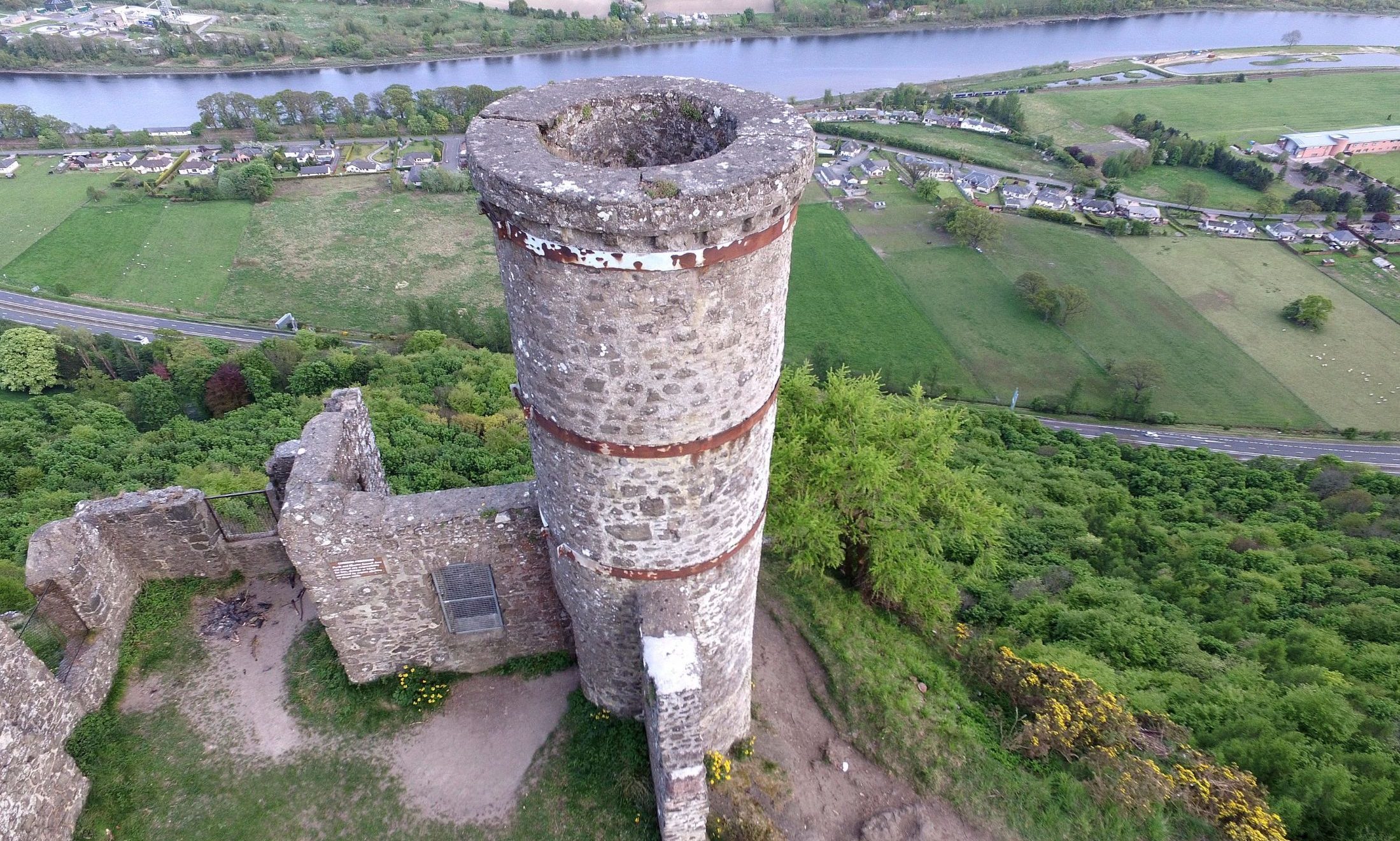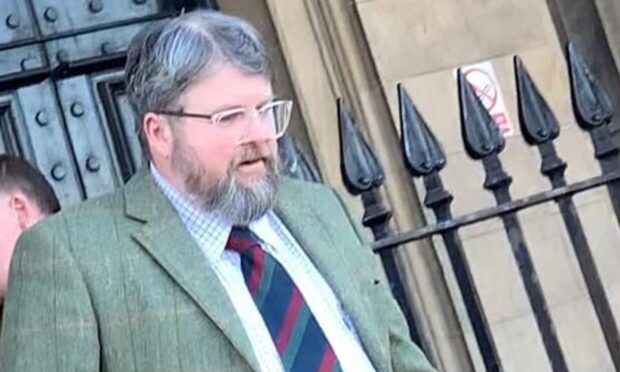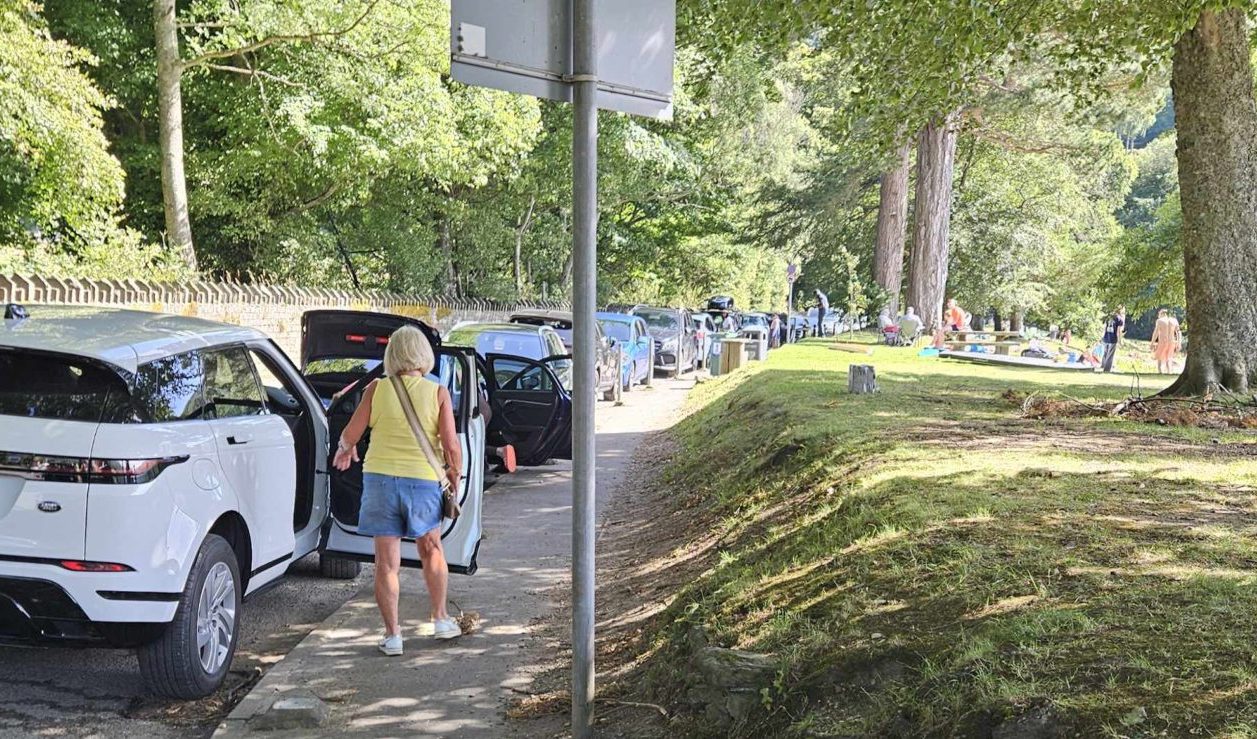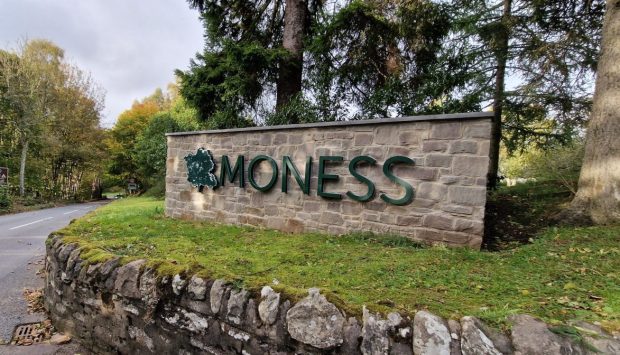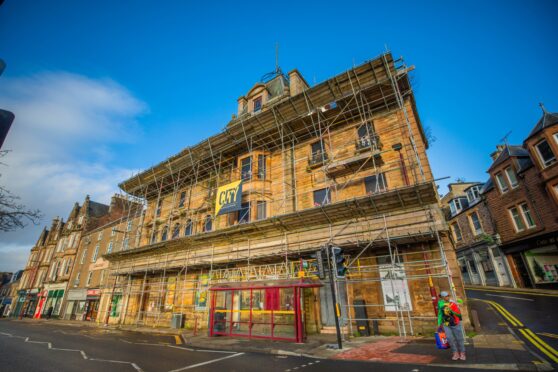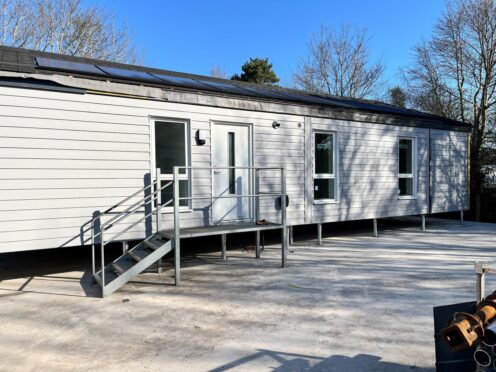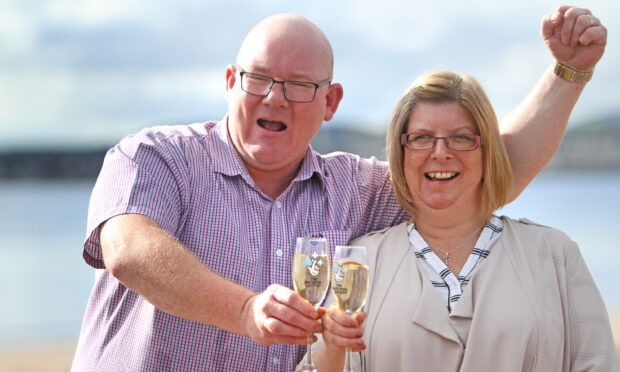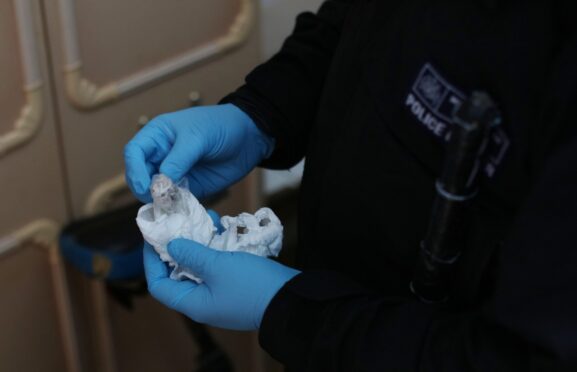A new history project will shine the spotlight on one of Perthshire’s most iconic landmarks – amid fears it has been threatened by years of “neglect”.
Colourful information panels are being installed to reveal the story behind crumbling Kinnoull Hill Tower, perched on a 730ft clifftop overlooking the A90 and River Tay.
Plans for the new boards are being drawn up by the Tay Landscape Parternship following calls from locals.
But the Kinnoull Hill Woodland Park Group has raised concerns about the much-photographed monument’s future, after drone footage revealed signs of damage.
Chairman Norman Renfrew said: “These information boards are a good idea and definitely a step in the right direction but we are still some way from where we need to be.”
He said maintenance work on the tower was last carried out in the 1970s, adding: “A survey was completed in 2012 which found that £6,000 of repairs was needed.
“These have never been done. Another survey was due to take place in 2015, but this was postponed.”
Mr Renfrew believes the cost of repairs has significantly increased since the last study six years ago.
It is understood the local authority now intends to tie-in repairs with its multi-million-pound City of Light action plan.
The ambitious project will see the tower – and other local structures and buildings – illuminated with colourful spotlights and moving projections.
The council has struck a deal with Lancaster-based LITE Ltd to design and install the lights and work is due to get under way in March. However, a start date for Kinnoull Tower has still to be set.
Mr Renfrew said: “It could be some time before they get round to carrying out repairs, but they need to do something sooner rather than later. The council cannot afford to keep neglecting this.”
He added: “The display boards are one of three things we have been calling for. The others are repairs and paving to make the tower more accessible.”
The Tay Landscape Partnership has submitted applications for planning consent for three new panels.
They will chart the history of the River Tay from the Ice Age, as well as landowners Thomas Charteris and Lord Gray, who built nearby Kinfauns Castle.
The display also highlights a cleft in a nearby rock, which is where St Serf is credited with slaying a dragon in the sixth century.
